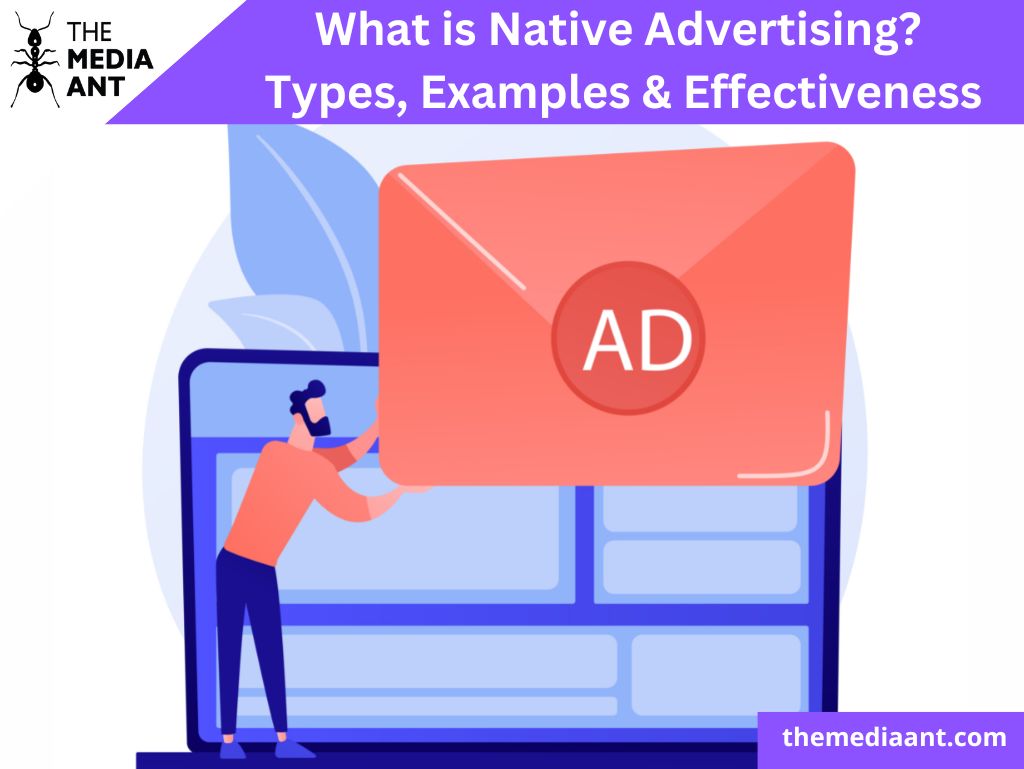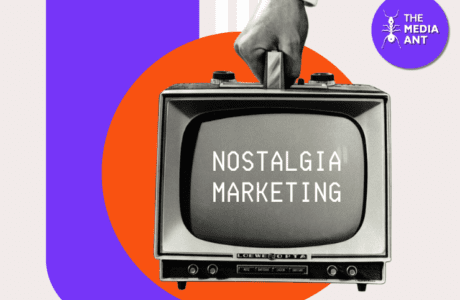If you find that the walled gardens of search and social media platforms are not sufficient to drive the traffic, engagement, and conversions your brand needs, you might consider using native advertising on the open web. This form of advertising seamlessly blends in with the surrounding content and can be incredibly effective at capturing the attention of your target audience.
Native advertising can take many forms, including sponsored content, product placements, and advertorials. It is designed to appear as organic content, making it less intrusive and more authentic, which can help build trust with your audience and increase brand loyalty.
It’s no wonder that most marketers worldwide use native advertising to boost their bottom line. By using native ads effectively, you can drive more traffic to your website, increase engagement with your brand, and ultimately convert more leads into customers.
If you’re curious to learn more about native advertising and how it can benefit your brand, let’s dive in and explore all you need to know!
What is Native Advertising?
Online advertisements, known as “native advertising”, are created to blend in with the look and feel of the platform where they are displayed. With native advertising, brands can connect with their audience in a less intrusive and more engaging way by blending in with the surrounding editorial content.
Product reviews, sponsored social media postings, sponsored articles, branded content, and other kinds of native advertising are just a few examples. Native advertising aims to offer value rather than merely marketing a good or service by producing interesting, helpful, and pertinent material to the target audience.
Expanding a company’s audience outside the walls of social media and search is one of the main advantages of native advertising. This can raise their profile, improve website traffic, and enhance conversions and income. By producing content that perfectly integrates with the platform on which it appears, native advertising enhances engagement and user experience.
Types of Native Ads
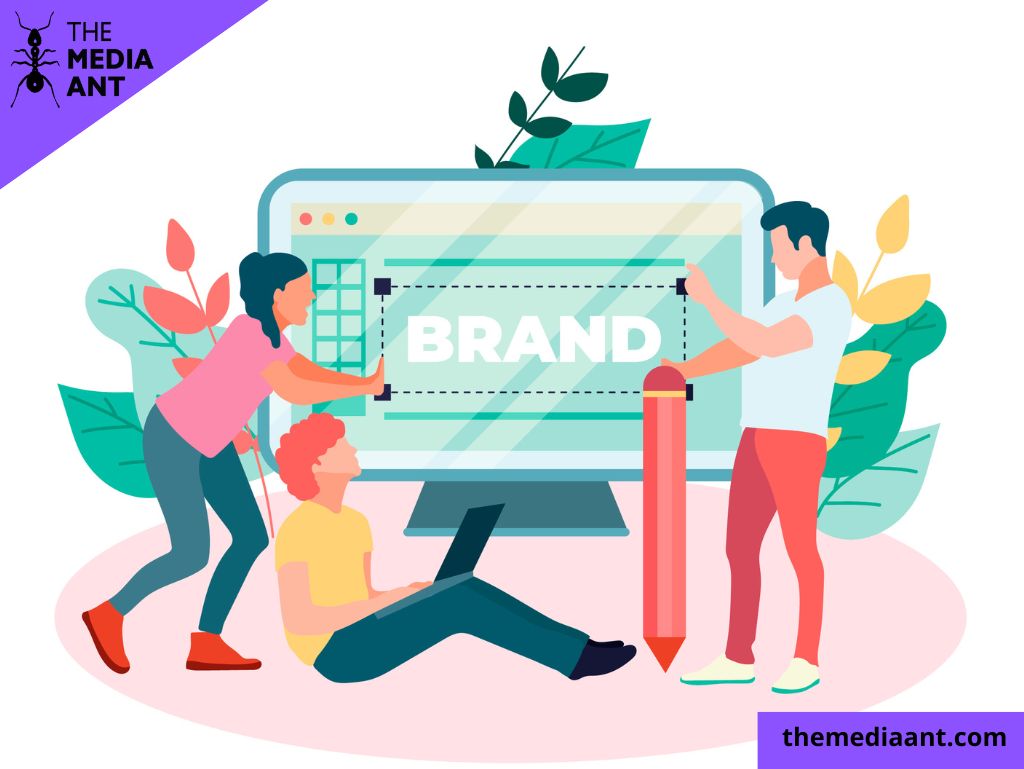
Native advertising offers a variety of forms that can be tailored to the marketer’s needs and the site where they are displayed. By providing a seamless and engaging user experience, native ads can help businesses increase their reach, exposure, and conversions. The different types of native advertising are as follows:
- In-Feed Ads
These are native advertisements that frequently display next to editorial material in the user’s news feed. They may appear as promoted stories, sponsored pieces, or other content.
- Paid Search Ads
The top page search engine results feature these native advertisements (SERPs). While appearing to be ordinary search results, they are classified as advertisements.
- Programmatic Native Ads
Programmatic technology is being used to place and optimize these native adverts automatically. These can appear in various formats, such as in-feed advertisements and widgets that offer recommendations.
- Recommendation Widgets
These are native advertisements that appear as “suggested” or “related” material in a widget or module on a website.
- Promoted Listings
Native advertisements like these can be found on websites like Amazon or Etsy. They are marked as promoted or sponsored yet are created to look like typical product listings.
- Native Display Ads
Native advertisements appear as display adverts on websites or mobile applications but are made to blend in with the overall aesthetic of the page or app.
- Custom Native Ads
These are native advertisements designed to meet the particular requirements of the advertiser and the platform where they are displayed. These can take many forms, such as sponsored postings on social media, videos, or articles.
Advantages of Native Advertising
Here are some advantages of native advertising:
- Non-Disruptive:
When opposed to typical display advertisements, native ads are less intrusive and disruptive because they are made to blend in with the surrounding editorial material. Better user experiences and improved engagement rates may result from this.
- Helps Increase Brand Awareness:
Native advertising can assist businesses in boosting their visibility and reaching people outside of their current clientele by producing exciting and helpful material for the target market.
- Builds Brand Credibility:
Businesses can establish credibility and authority in their sector by running native advertising offering insightful, entertaining, or helpful content. Their target market may become more loyal and trusting as a result.
- Effectiveness:
It has been demonstrated that native ads are quite effective at increasing traffic, engagement, and conversions. Consumers are more likely to interact with native advertisements than traditional display ads, and native ads also boost brand awareness and purchase intent, according to a Sharethrough and IPG Media Lab study.
- Better Targeting
Native advertising enables more exact targeting, which can help companies more effectively target their ideal customers. Higher conversion rates and improved ROI may result from this.
Ultimately, native advertising has several benefits that might aid companies in expanding and achieving their marketing objectives. Native advertising can assist companies in establishing their brands and gaining the credibility and confidence of their target market, ultimately leading to long-term success.
Native Ads Examples
Mercedes in The Washington Post
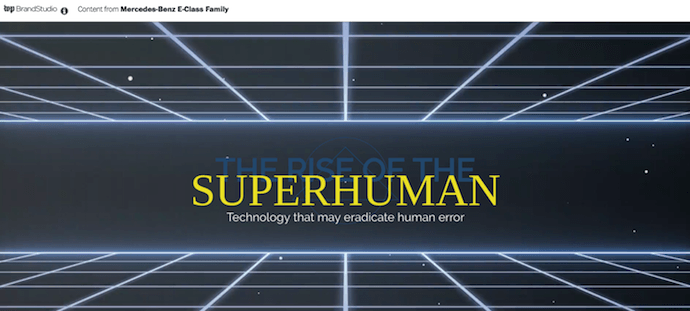
This Mercedes native ad is an illustration of slick, appealing content created to grab the user’s attention and keep it there. The “Rise of the Superhuman” advertising campaign centers on technologies transforming people into “superhumans,” including artificial exoskeleton outfits, virtual reality in healthcare, and the Mercedes Benz E-class series incorporating the new Intelligent Drive system.
The native material displayed above is very interactive, with quizzes and hotspots that users can select to learn more. But one of the greatest things about this ad is how it effortlessly establishes a link between Mercedes and the “superhuman.” One of the earliest local instances is the Cadillac commercial for the “Penalty of Leadership,” which boosted the brand’s reputation as a respected leader. This straightforward newspaper advertisement, which appeared in 1915, is credited with reviving the Cadillac name and increasing the company’s lagging sales.
Viral Meme on VentureBeat
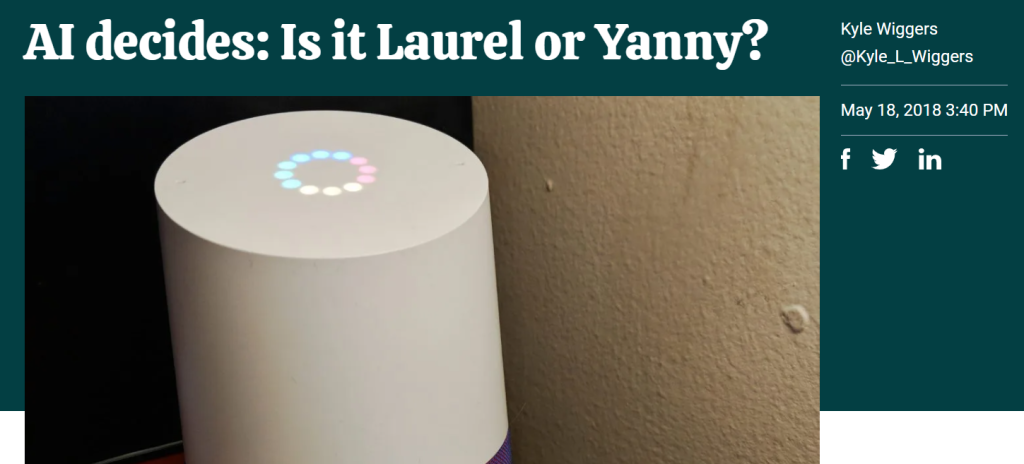
Nothing beats a viral meme in terms of sheer stickiness, and it’s a great way to promote brand awareness. We recently witnessed VentureBeat capitalize on the trend in native content to advertise the forthcoming Transform conference on artificial intelligence and analytics during the famous “Laurel or Yanny?” controversy. How? Finally, an artificial intelligence (AI) tool was used to resolve the Laurel versus Yanny conflict.
The piece quickly explains how AI was used to determine whether the stated name was Laurel or Yanny was promoted by VentureBeat. The engineers had to modify the methods discussed in the original piece to get an exact outcome.
Land Rover- A Mini Suspense/Action Movie
Land Rover promotes its cars through a variety of excellent content marketing initiatives. The movie Land Rover’s Dragon Challenge demonstrates these native content tactics in detail. It is captivating, polished, and scary. It embodies everything that a local strategy should and can be.
The world’s first effort to ascend the steps leading to the Heaven’s Gate landmark in China is depicted in this heart-pounding advertisement. At a terrifying 45-degree angle, a specifically modified Range Rover SUV safely ascended the 999 stairs to Heaven’s Gate.
How does native advertising work?
In order to make advertisements less invasive and more interesting for the audience, native advertising aims to create ads that smoothly integrate into the surrounding editorial material. The essential steps in developing a native advertising campaign are as follows:
- Choose the Platform: Selecting the platform where the advertisements will run is the first step in building a native advertising campaign. This might be a news website, a social networking platform, or a content discovery network.
- Define the Target Audience: The advertiser must next identify their target market and develop ads that appeal to them. For this, it may be necessary to research the audience’s interests, habits, and demographics to provide valuable and pertinent content.
- Create the Ad: The advertiser can construct the advertisement once the target market and platform have been determined. This is a sponsored blog post, a video, or a social media update, among other things.
- Optimize the Ad: The marketer must optimize the ad for maximum engagement and impact after designing it. This may entail experimenting with alternative headlines, illustrations, or calls to action to determine which appeals to the target audience the most.
- Monitor and Adjust: Finally, the advertiser must monitor the ad’s effectiveness and make any required modifications. Enhancing the outcomes can entail modifying the targeting requirements, the ad type, or the messaging.
In general, native advertising functions by producing entertaining, relevant, and helpful material for the target audience and delivering it in a way that blends in with the adjacent editorial content. This strategy creates a more seamless and engaging user experience, which may result in higher engagement rates, more traffic, and better conversion rates.
Best Native Advertising Agency
The Media Ant is a premier native advertising company focusing on media planning and buying. They assist companies in developing successful native advertising campaigns and reaching their target population thanks to their years of expertise and team of professionals. The Media Ant provides a wide variety of services, from strategy creation to campaign optimization and reporting, to guarantee the success of their customers.
FAQs Related to Native Advertising
What is native advertising, with examples?
The goal of native advertising is to blend in with the content around them, making the adverts less intrusive and more engaging for the audience. Native adverts result in a more organic user experience by seamlessly blending in with the website’s or platform’s editorial content.
Native advertising is exemplified by a sponsored piece on a news website that is crafted and displayed similarly to the site’s original content. The article reads and appears to be a typical news story despite being labeled as paid content. This type of advertising causes less disruption to the user experience, and engagement rates are frequently higher than with conventional display ads.
What are the types of native advertising?
The different types of native advertising are:
1. In-Feed Ads
2. Paid Search Ads
3. Programmatic Native Ads
4. Recommendation Widgets
5. Promoted Listings
6. Native Display Ads
7. Custom Native Ads
What is a native advertising platform?
A native advertising platform is a technology solution that enables advertisers to create, manage, and optimize native advertising campaigns across multiple publishers and platforms. These platforms typically offer a variety of ad formats, targeting options, and analytics tools to help advertisers reach their target audience and achieve their marketing goals. Native advertising platforms often work with a network of publishers to distribute ads across their sites, allowing advertisers to reach a wider audience than they could. Overall, native advertising platforms are an essential tool for businesses looking to leverage the power of native advertising to drive growth and engagement.
How do Native Ads Work?
Native advertisements are less intrusive and more interesting for the audience because they blend perfectly with the surrounding material. Native ads, as opposed to conventional display ads, are intended to add value to the user, whether it be through information, amusement, or instruction. They frequently take the shape of paid messages on social media, videos, or articles and are commonly identified as “sponsored” or “promoted.” Native advertising can increase brand recognition, credibility, and confidence by producing material that connects with the target audience. This will boost interaction, traffic, and conversion rates. Native advertising can be a highly effective marketing instrument for companies to reach their target population and meet their marketing objectives with careful targeting and optimization.
Why do advertisers choose native advertising?
several benefits. The goal of native advertising is to make commercials less invasive and more interesting for viewers by blending in with the surrounding editorial material. Higher interaction rates, more visitors, and better transaction rates can result. The ability to reach groups outside of their current clientele through native advertising also helps marketers build their exposure and brand recognition. Additionally, native advertising can promote a brand’s trustworthiness and authority within the target market’s sector, which fosters greater customer loyalty and confidence. In general, native marketing is a powerful instrument that can assist companies in achieving their expansion and marketing objectives.

